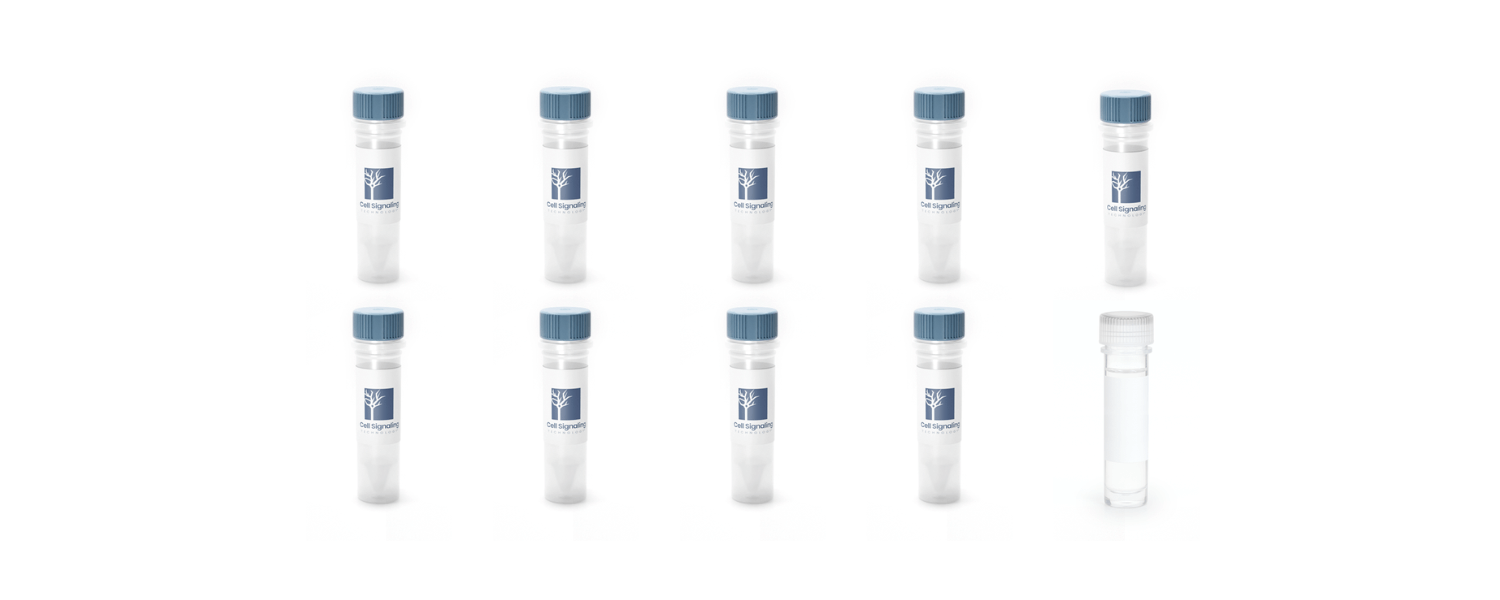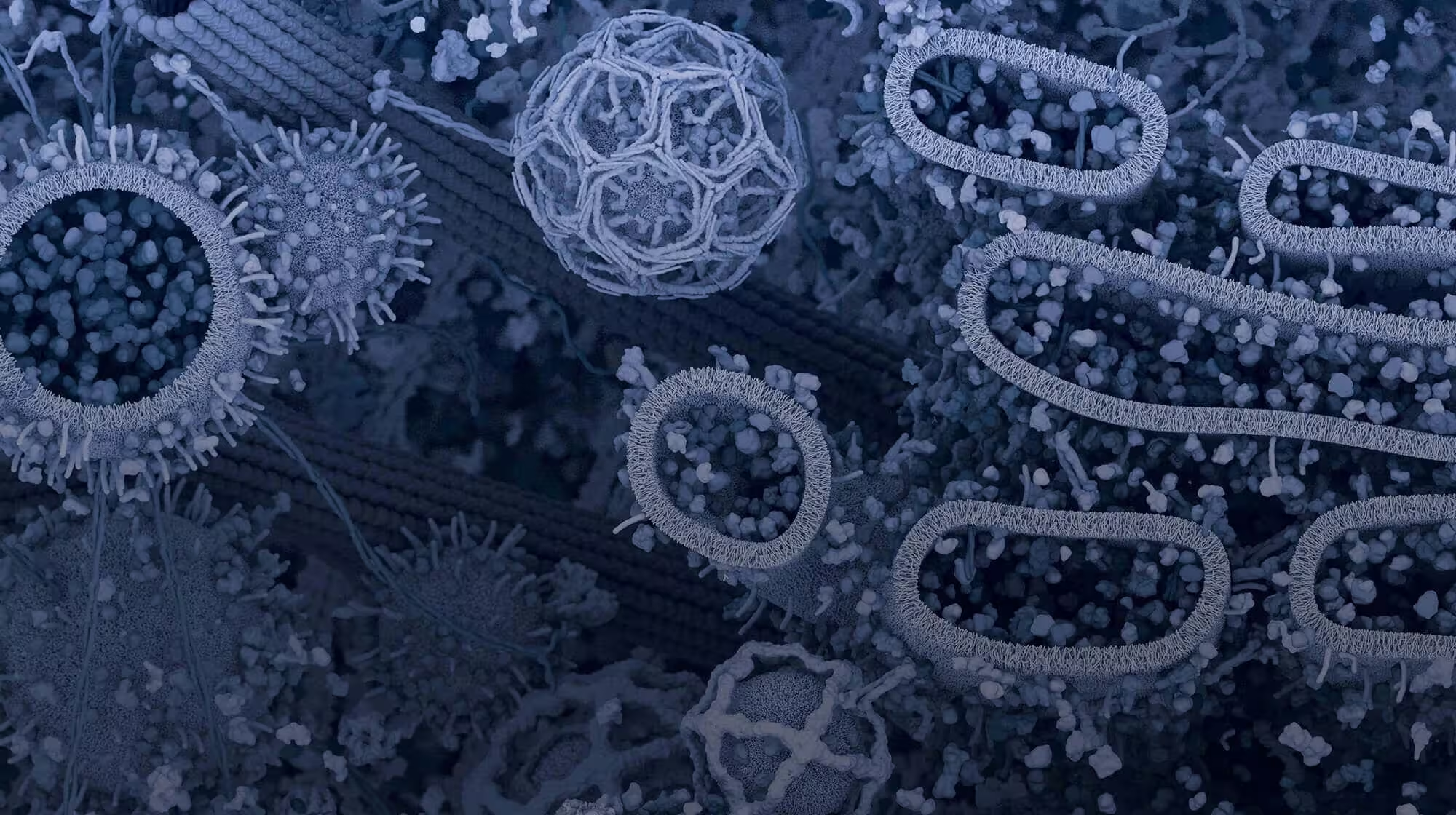The ability to detect intracellular proteins alongside RNA has long been a challenge in single cell research. Analyzing both RNA and proteins simultaneously, however, could reveal new insights into biological processes by enabling the direct measurement of how cell type affects RNA level and protein expression—and, subsequently, their impact on disease mechanisms and therapeutic response.
For years, researchers have attempted to make such an assay a reality, but have struggled to capture intracellular protein data and post-translational modifications (PTMs) without degrading RNA. While novel methodologies have come close, they often lack reproducibility across industries, labs, and applications.
Given this, it’s understandable that the InTraSeq assay—which promises to achieve all of this—might sound too good to be true. When we asked scientists what they thought about it, many said they'd need to see it in action to overcome their skepticism.
“I’m pretty excited [about the InTraSeq technology]. I just want that believability aspect. [It’s] more about wanting that evidence. I’m a skeptic.”
~ Academic Scientist
This blog provides some of our validation data for the InTraSeq assay, showcasing its accuracy, sensitivity, and reproducibility. The research, published in the preprint paper InTraSeq: A Multimodal Assay that Uncovers New Single Cell Biology and Regulatory Mechanisms, was conducted in collaboration with scientists at Brigham and Women’s Hospital, Massachusetts General Hospital, Harvard Medical School, the Broad Institute of MIT and Harvard, and the University of Basel.
Read on to review the data, or use the links below to jump to a relevant section:
- Does the InTraSeq assay preserve RNA integrity?
- Can cellular heterogeneity be detected using scRNA-seq in an InTraSeq assay?
- Can the InTraSeq assay accurately detect both intracellular and surface proteins?
- Is the InTraSeq protein data reproducible and sensitive to low-abundance targets?
Does the InTraSeq assay preserve RNA integrity?
Many single cell assays use harsh chemicals to disrupt cellular membranes, resulting in RNA degradation and loss. Because of this, preserving RNA integrity in single cell, multi-omic experiments has been an industry-wide challenge. The InTraSeq reagents are designed to gently permeabilize cell and nuclear membranes in a way that allows antibodies to enter the cell, but prevents RNA leakage and subsequent degradation. Because RNA is preserved, high-quality scRNA-seq analysis data can be obtained from the InTraSeq assay.
To verify that the InTraSeq assay preserves RNA integrity, we compared the transcriptomes of peripheral blood mononuclear cells (PBMCs) from the same donor under three different conditions:
- Fresh, untreated cells ("Live")
- Cells processed using the InTraSeq protocol but without adding antibodies ("InTraSeq RNA-only")
- Cells processed using the full InTraSeq protocol, including antibody detection tags ("InTraSeq RNA+ADT")
After performing a standard 10x Genomics Chromium Single Cell 3’ experiment and matching the sequencing reads per cell across the three conditions described above —“Live”, "InTraSeq RNA-only", and "InTraSeq RNA+ADT"—the total UMIs detected per cell and the number of genes identified were nearly identical across all three sample types, as shown in Figure 1.
 Figure 1. Left: Benchmarking analysis experimental design. Right: Distribution of summary statistics of the gene expression assay comparing the Live, InTraSeq RNA-only, and InTraSeq RNA+ADT samples.
Figure 1. Left: Benchmarking analysis experimental design. Right: Distribution of summary statistics of the gene expression assay comparing the Live, InTraSeq RNA-only, and InTraSeq RNA+ADT samples.
Additional analyses of the RNA profiles found that both of the InTraSeq samples showed similar levels of mitochondrial, ribosomal, and other gene transcripts compared to the live control, as shown in Figure 2.
 Figure 2. Scatter plots comparing the average log-normalized expression of genes in Live vs InTraSeq RNA-only (top) vs InTraSeq RNA+ADT (bottom). Genes were stratified into three types (mitochondrial genes, ribosomal genes, and other genes), and the gene type labels were obtained from the GENCODE vM23 annotation.
Figure 2. Scatter plots comparing the average log-normalized expression of genes in Live vs InTraSeq RNA-only (top) vs InTraSeq RNA+ADT (bottom). Genes were stratified into three types (mitochondrial genes, ribosomal genes, and other genes), and the gene type labels were obtained from the GENCODE vM23 annotation.
The sections below outline additional experiments, demonstrating that the InTraSeq assay can produce high-quality scRNA-seq data, which can be used to reliably identify cell type and subtype.
Can cellular heterogeneity be detected using scRNA-seq in an InTraSeq assay?
To verify that the InTraSeq assay can both preserve and detect cellular heterogeneity using cell type marker genes, an unsupervised scRNA-seq clustering analysis was performed on the datasets from the three PBMC samples described above.
The results, which are shown in Figure 3, demonstrate that all three samples have similar compositions of B cells, T cells, NK cells, monocytes, and other cell types. The number and types of cells present are consistent with expected cell compositions based on previously published experiments.1
 Figure 3. UMAP displaying cell types in PBMCs from the same donor before and after the InTraSeq protocol. The split UMAP shows that the proportion of each cell type was similar and not impacted by the InTraSeq protocol.
Figure 3. UMAP displaying cell types in PBMCs from the same donor before and after the InTraSeq protocol. The split UMAP shows that the proportion of each cell type was similar and not impacted by the InTraSeq protocol.
This consistency in the detection of cell types is further confirmed using three additional biological replicates from different PBMC donors, the results of which are shown in Figure 4. The InTraSeq assay not only preserves the RNA, but also maintains the cellular heterogeneity of the samples, demonstrating the method’s reliability and reproducibility.
 Figure 4. RNA-based unsupervised clustering analysis of three additional PBMC donors, demonstrating similar cell type compositions and frequencies when comparing live the cell sample to the sample that underwent the InTraSeq protocol.
Figure 4. RNA-based unsupervised clustering analysis of three additional PBMC donors, demonstrating similar cell type compositions and frequencies when comparing live the cell sample to the sample that underwent the InTraSeq protocol.
A deeper analysis of over 20 marker genes (e.g., CD14, CD19, CCR7, IL7R, etc.) was also performed on the datasets from the three PBMC samples. This analysis shows that the top RNA markers in each cell cluster are similar across all three conditions—“Live”, “InTraSeq RNA-only,” and “InTraSeq RNA+ADT”— as shown in Figure 5. This data provides an additional layer of validation for the RNA quality in cells processed using the InTraSeq protocol compared to live, unprocessed cells.
 Figure 5. RNA expression of cluster marker genes in each sample. The size of the dots in the Dot Plot reflects the percentage of cells, and the color represents the average expression of genes that were normalized across cell types in each sample.
Figure 5. RNA expression of cluster marker genes in each sample. The size of the dots in the Dot Plot reflects the percentage of cells, and the color represents the average expression of genes that were normalized across cell types in each sample.
Can the InTraSeq assay accurately detect both intracellular and surface proteins?
A key differentiator of the InTraSeq technology is its ability to detect and quantify both intracellular and surface proteins to identify heterogeneous cell populations. In contrast to CITE-Seq, which only detects cell surface proteins, the InTraSeq technology provides scientists with tools to study complex intracellular signaling pathways without bias.
To confirm that the InTraSeq technology can accurately measure intracellular and surface proteins, we compared the RNA and protein signals detected in a heterogenous PBMC sample. The protein expression pattern matched the RNA levels detected, showing that the InTraSeq assay can accurately measure proteins in the cell of interest.
For example, RNA and protein targets for the surface marker NCAM1 are detected only in NK cells, as expected, and the intracellular target AIF1 is accurately detected in monocytes in both the single cell protein and RNA modalities (Figure 6).
 Figure 6. Stacked violin plots showing the expression patterns of RNA in the single cell data alongside the cell surface (top) and the intracellular proteins (bottom) in the InTraSeq RNA+ADT sample.
Figure 6. Stacked violin plots showing the expression patterns of RNA in the single cell data alongside the cell surface (top) and the intracellular proteins (bottom) in the InTraSeq RNA+ADT sample.
It's important to note the level of protein expression detected in the InTraSeq assay is more dynamic than the RNA level found, showing a wider range of detection. This can be observed in the Foxo1 and NFATC2/NFAT1 targets, where the protein signal is more robust than the RNA signal.
Next, to validate the InTraSeq protein signal, a flow cytometry analysis was also conducted in a separate PBMC sample. The flow results were highly similar to the InTraSeq dataset, as shown in Figure 7. This cross-validation using flow cytometry demonstrates the reliability of the InTraSeq assay's detection of single cell protein data.
 Figure 7. Flow cytometry validation of the expression patterns across cell types for proteins of interest.
Figure 7. Flow cytometry validation of the expression patterns across cell types for proteins of interest.
Is the InTraSeq assay's protein data reproducible & sensitive to low-abundance targets?
Western blotting is most commonly used to study low-abundance PTMs, but single cell data is not attainable from such an assay. Conversely, quantifying transient events such as PTMs is challenging to achieve using many single cell assays, and the results often lack reproducibility. The defining feature of the InTraSeq technology is its ability to reliably obtain PTM data for low-abundance targets at the single cell level.
To evaluate this capability, naive CD4+ T cells were isolated and differentiated into Th0, non-pathogenic Th17 (npTh17), and pathogenic Th17 (pTh17) subsets. Naive CD4+ T cells were also stimulated with PMA/IO for 10 minutes to induce phosphorylation, providing an experimental model for studying short-term protein modifications.
Next, a traditional western blot (WB) and single cell Dot Plot analysis were run on both the naive and differentiated samples. The results showed similar PTM levels across the different assay types and experimental conditions (Figure 8), highlighting the InTraSeq assay's ability to accurately quantify short-term and low-abundance PTM changes. Additionally, because the experiment was performed using different biological replicates, it also demonstrates the reproducibility of the InTraSeq assay.
 Figure 8. A comparison of western blot (left) and DotPlot (right) results showing that the InTraSeq assay detects similar PTM levels across biological replicates for all sample types.
Figure 8. A comparison of western blot (left) and DotPlot (right) results showing that the InTraSeq assay detects similar PTM levels across biological replicates for all sample types.
Seq What You’ve Been Missing
For over 25 years, CST has been known for its high-quality antibody reagents, and as the go-to antibody company for studying intracellular signaling events and PTMs. The InTraSeq technology brings this unparalleled expertise beyond western blot and into single cell analysis.
"We’re excited for researchers to adopt the InTraSeq technology and can't wait to see how the more comprehensive dataset will help uncover novel disease mechanisms," says Majd Ariss, Senior Scientist at CST who was closely involved in developing the InTraSeq technology. "We also think researchers will appreciate the assay's straightforward protocol, which offers multiple stopping points and can be completed in just one hour of benchwork time."
Read the full pre-print paper on bioRxiv to review additional InTraSeq validation data and to see how the InTraSeq technology can be used in an experimental context to identify novel regulatory mechanisms.
"The study uses the InTraSeq technology to interrogate Th17 cell differentiation and found some unexpected results," explains Ariss. "The more comprehensive dataset from the InTraSeq showed key differences between the transcriptional gene profile and protein expression level in Th17 cell differentiation, a finding that could impact our understanding of T cell activation."
By enabling the simultaneous detection of RNA along with intracellular and cytoplasmic proteins at the single cell level, the InTraSeq assay is a powerful new tool for researchers that promises to advance our understanding of cellular heterogeneity, disease mechanisms, and therapeutic response.
Select References
-
Ding J, Adiconis X, Simmons SK, et al. Systematic comparison of single-cell and single-nucleus RNA-sequencing methods. Nat Biotechnol. 2020;38(6):737-746. doi:10.1038/s41587-020-0465-8
This blog was written in collaboration with Majd Ariss, Senior Scientist at CST, who was closely involved in developing the InTraSeq technology.
24-ISQ-93154




/42157_chimeric%20antibody%20blog%20featured3.webp)


